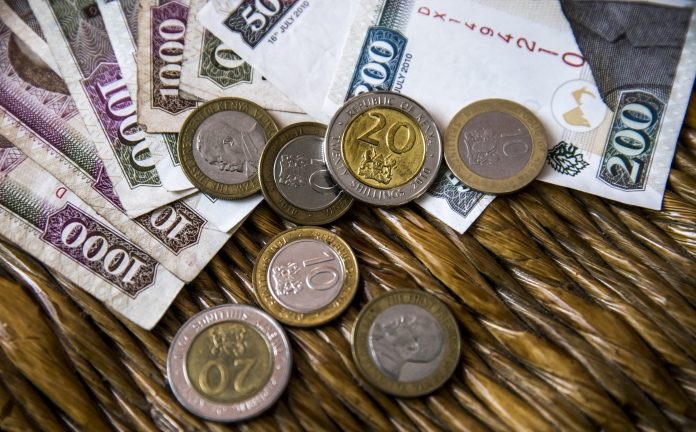A report by Amana Capital reveals that Kenya has been maintaining a managed shilling rather than a free-floating currency.
This approach could potentially make its exports more expensive in the short term compared to competitors, leading to a decrease in export earnings and economic growth.
Reginald Kadzutu, Amana Capital’s Chief Investment Officer, stated that the shilling is overvalued by 30%. He pointed out that the consumer price index, which was at KSh97 in 2009, has risen to KSh192.
This means that Kenyans are now spending KSh192 to buy what could have been purchased for Sh100 ten years ago, indicating a 5% devaluation of purchasing power.
”The shilling’s exchange rate, which was at 72 against the dollar in 2009, is now at KSh100. This represents a 20% devaluation, meaning the shilling is overvalued…,” Kadzutu said.
The report titled “Kenya’s Economic Puzzle: Putting the Pieces Together” highlighted that the value KSh100 could buy in January 2009 can only buy 50% of that now, translating into a 50% devaluation of purchasing power.
In 2018, the International Monetary Fund (IMF) suggested that the shilling risked being classified as “managed” rather than operating on the forces of demand and supply.
However, the Central Bank of Kenya (CBK) maintained that the Kenya shilling reflects the currency’s true, fundamental value.
Why the Kenyan Shilling is Stronger Besides Uncertainties – Analysts




